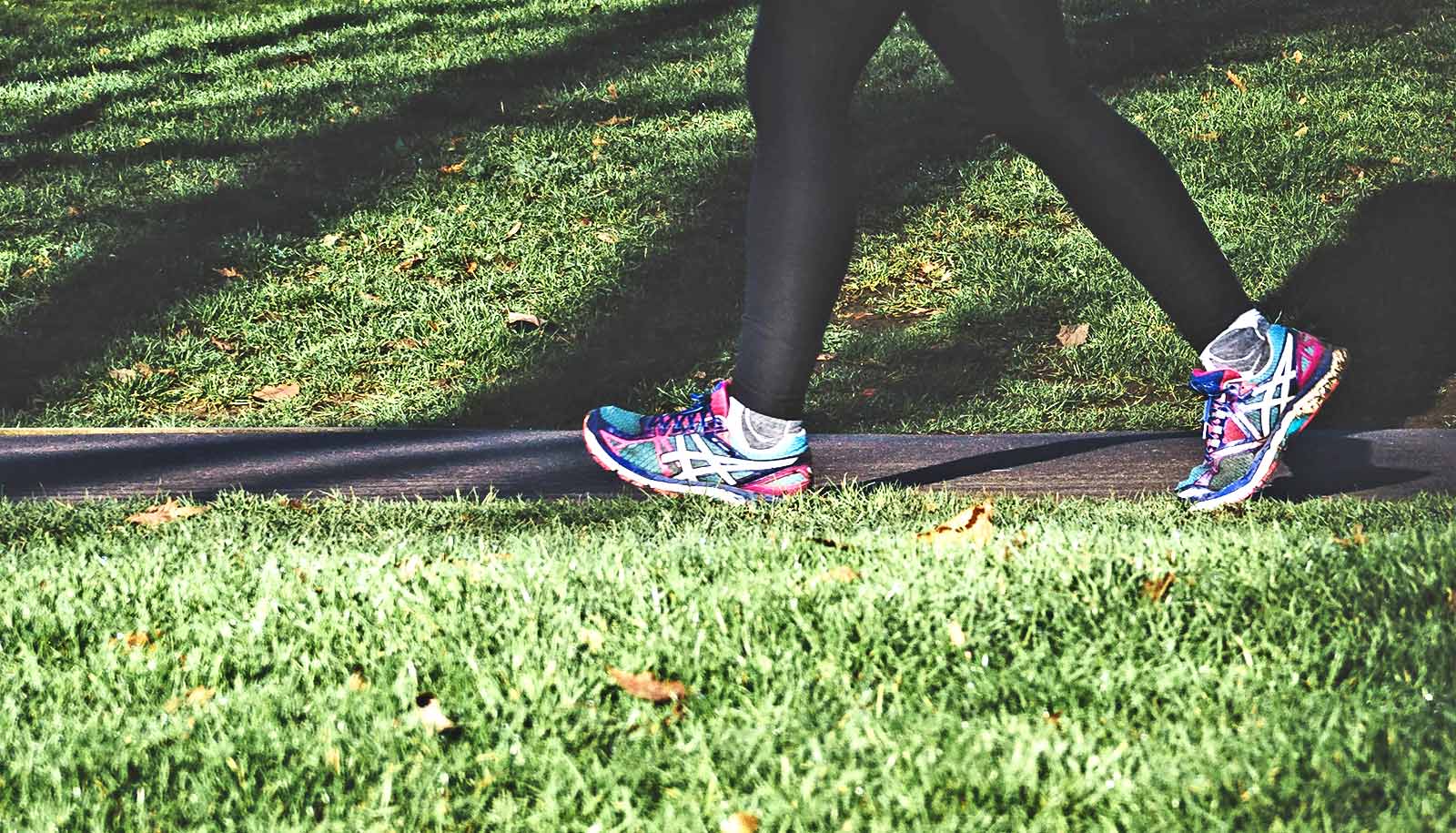Exercising in green surroundings improves mood, reduces stress levels, and improves heart rate compared to exercising in the city or indoors, according to new research.
Twenty-five young men participated in the experiment, in which they had to walk at the same pace in three different environments: a natural area, an urban route, and an indoor fitness environment. After each walk, their mood, stress levels, and physical exertion were measured—and the results were clear.
“The participants felt significantly more relaxed and had lower levels of the stress hormone cortisol after walking in nature. At the same time, they reported greater joy and less fatigue,” says Associate Professor Stefano De Dominicis from the nutrition, exercise, and sports department at the University of Copenhagen.
The study is among the first to combine physiological measurements with the participants’ own experiences in green, urban, and indoor environments and examine the connection between the two.
“It is not new or surprising that nature is good for our health. But there has been a lack of research examining both the mental and physical effects of exercise in nature compared to the gym and the city. Our study shows that nature is superior to the other two environments in several areas,” says De Dominicis.
The study clearly shows that exercise in nature provides far greater mental benefits than both urban and indoor environments. Participants rated nature as clearly the most recharging, and they experienced more positive emotions—such as joy, satisfaction, and optimism—than in both urban and indoor environments.
At the same time, negative emotions such as anxiety, irritation, and boredom were significantly lower in nature. For example, feelings of boredom increased after a walk indoors, while they decreased in nature. The experience of calm was also highest in nature, while it decreased most indoors.
“Humans were born in nature and we have undergone most of our evolution in it. Therefore, it is not surprising that we feel good when we are in it,” says De Dominicis.
Finally, the participants had a significantly greater desire to repeat the activity in nature, where the intention to continue was at a completely different level than in the city and indoors.
“The figures show that nature not only gives a short-term boost to mood—it also reduces negative feelings and increases motivation to continue being physically active,” says the researcher.
The three different environments: a natural area, an urban route, and an indoor fitness environment.
The physiological measurements supported the participants’ experience of exercising in nature. Among other things, the researchers measured that the participants’ heart rates dropped more quickly after a walk in nature.
At the same time, heart rate variability, which shows how well the body activates the parasympathetic nervous system that promotes calm and recovery, was 20-30% higher than during the indoor walk.
However, the researcher emphasizes that there are also many benefits to exercising indoors. For example, the social element of playing a team sport or small talk at the gym. However, he believes that it makes sense to incorporate outdoor exercise into your weekly exercise program.
“The mental and physical benefits seem to be significantly greater when exercising in nature, so people can benefit greatly from replacing just one of their weekly indoor workouts with 30 minutes of exercise in green surroundings,” he says.
The study also points out that the surroundings play a greater role in our motivation and recovery than previously assumed, as the participants’ experience of exercise in the three environments is now backed up by physical measurements. This provides important new insights that the researchers hope will benefit both public health and future urban planning.
“We see great potential in using nature as a driving force for physical activity—especially for those who find it difficult to get started,” says De Dominicis.
The researchers recommend that municipalities and health professionals give greater consideration to green spaces in public health strategies and exercise programs for, for example, overweight people and people with mental health issues.
The research appears in Psychology of Sport and Exercise.
Source: University of Copenhagen



